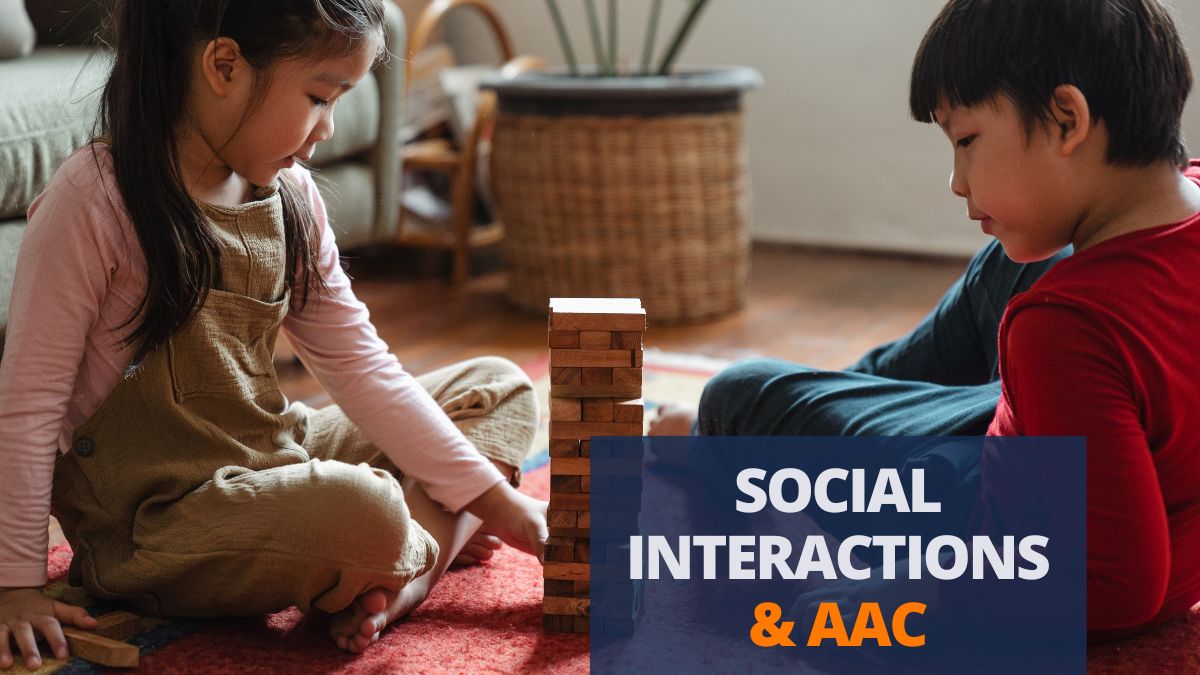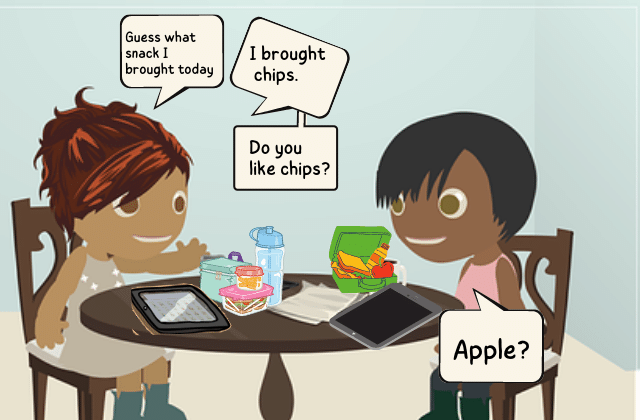Social support and social interaction are among the most important factors that affect the physical health and well-being of every individual. They play a significant role right from the early stages of child development.
Many individuals, especially children and adults on the spectrum, find it challenging to share their thoughts, feelings and emotions. It is primarily due to the fact that they do not understand how to express or reciprocate their thoughts. To enable social interaction in children at an early age, the peer-mediated intervention can be implemented in schools and home.
What is Peer-Mediated Intervention?
Peer-mediated intervention (PMI) is an approach where peers of children needing communication and interaction interventions are trained to provide the required support and handholding. This includes tutoring in educational, behavioral and/or social interactions. They are also trained to mediate and closely observe during mediation. The peer tutors are typically the same age as the children requiring support.

One such intervention involving peer tutors is Stay, Play, Talk. It is designed to increase the social interactions of preschool children. Typically developing peer tutors are taught three key skills:
- Stay near their partner
- Engage with the partner
- Talk with the partner by commenting on the activities and respond to their partner’s communicative efforts.
Stay, Play, Talk can be implemented with preschool children with a variety of disabilities, including autism. It enables the children on a different social learning curve than their peers, to become more interactive.
How to implement Stay, Play, Talk?
As a thumb rule, ensure to select peer tutors who exhibit age-appropriate play and social skills. They should also have high levels of compliance with teacher directions. When grouping your target child with a peer tutor, consider the children’s social history and shared interests. Shared interests are a positive indicator that more interaction might occur.
Peer training may require 1-2 instructors and will require multiple sessions. You might want to conduct the sessions with the target child to allow the peer tutors to practice with the child they will be working with. Teachers can use visuals associated with corresponding skills during peer training that can be referred to during sessions to remind the peer tutors what to do.
- Introduce each skill one at a time.
Stay: Teach children to stay near their buddy
Play: Teach them to play with their buddy or engage with similar toys in proximity to their buddy.
Talk: Teach children to say their buddies name, gain their attention and ask play related questions.
- Associate each skill with a simple visual you can refer back to when implementing.
- Model each skill for children and allow them to practice.
- Provide positive and constructive feedback for the children.
- Allow peer tutors and target children to practice each skill with their partners.
Stay, Play, Talk can be implemented in settings and routines across the school day. You can embed Stay, Play, Talk sessions into times during the day when children are naturally playing together. It might be easier to initially have the target child and peer tutor in a designated area, without additional pers. After children have become proficient, it may be beneficial for other children to be present.
Once children are trained, you can implement a session of Stay, Play, Talk! This intervention works best when sessions are conducted regularly (daily, preferably) and when all social behaviors are reinforced.
While this has been suggested in a classroom setting, it can also be tried at homes where siblings are of similar ages. So if you are a parent looking for techniques to have siblings help out, this might be one that you can look to tweaking and trialing.
Do you have any other method that you have already tried in your classroom? Let us know in the comments section below! We are always on the lookout for more useful methods that enables our community 🙂
REFERENCE: http://ebip.vkcsites.org/stay-play-talk-procedures/



